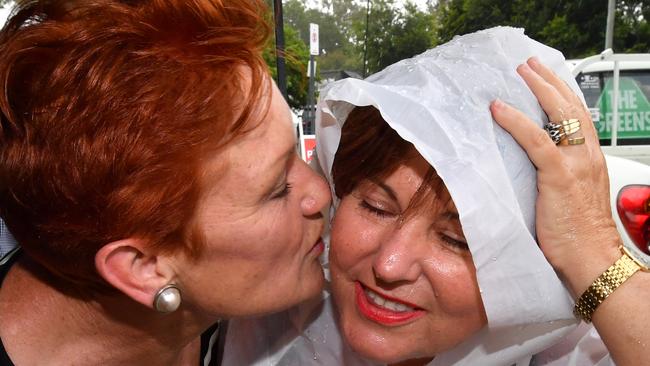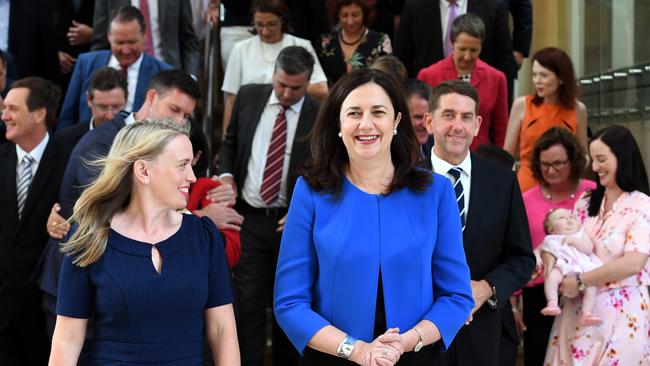Queensland Election 2017: Secret report reveals cost of emergency water transport to Rockhampton
PREMIER Annastacia Palaszczuk has played down claims she refused an offer from the PM to pay for a vital dam, a decision which could see taxpayers fork out $500 million for water transport.
QLD Election
Don't miss out on the headlines from QLD Election. Followed categories will be added to My News.
PREMIER Annastacia Palaszczuk has accused the Federal Government of “playing politics” with the Rookwood Weir project after it was revealed Prime Minister Malcolm Turnbull offered to pay for the project in full.
Queenslanders face a $500 million bill to pay for 600 B-double trucks to transport water into central Queensland every day unless the weir was built, an explosive report kept secret by the State Government revealed.
A shock business case for Rookwood Weir warns Rockhampton and nearby towns could run out of water from just one “failed wet season”, raising questions why the State Government repeatedly refuses Mr Turnbull’s offer to build the weir.
The Prime Minister yesterday accused the Premier of being “beholden to an inner-city Green-Left agenda that doesn’t like dams”.
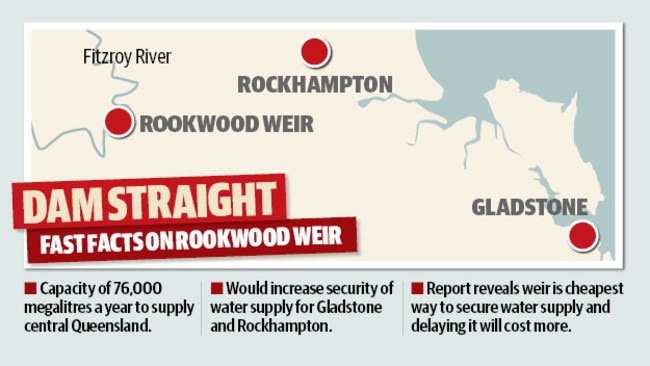
Sources told The Courier-Mail that Mr Turnbull had pledged to fund the entire project in a meeting with Ms Palaszczuk earlier this year.
Speaking in Mackay this morning, Ms Palaszczuk said her Cabinet is still yet to receive the full business case for the project but conceded her Government has received the Lower Fitzroy River Infrastructure Report.
“Let’s be very clear, with Rookwood Weir, I attended a meeting with the Prime Minister, Senator Matt Canavan and Barnaby Joyce,” she said.
“What was discussed there very clearly was ... they would look at building and operating it themselves. Subsequently to that we did not hear anything further about that proposition that they were canvassing at that meeting.
“Let me make it clear, after the meeting some of his (Mr Turnbull’s) senior officials came up to my senior officials and said ‘oh no they don’t mean that’. So lets get some clarification from him, does he want to pay for the whole lot? If he does, all well and good.”
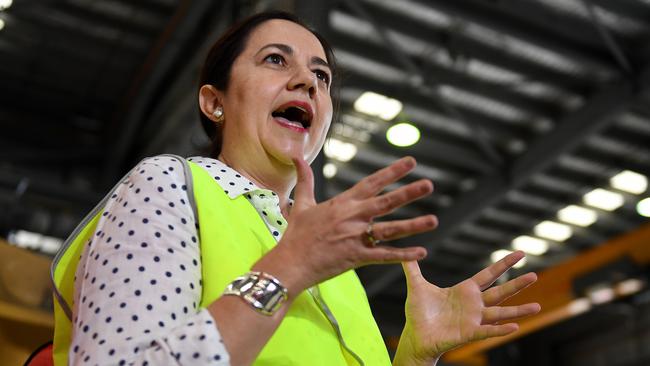
Ms Palaszczuk also said she was not concerned that Rockhampton would run out of water, despite the project continually being stalled.
“I am not concerned because the detailed work is happening and will be discussed by Cabinet,” she said.
“Unfortunately I believe there is a little bit of politics being played locally but I believe in the best interests of Central Queensland — we need to work together.”
Asked in north Queensland yesterday if there had been any progress on the Rookwood Weir business case, the Premier said: “No, not at the moment.”
The 229-page Lower Fitzroy River Infrastructure Project report, exclusively obtained by The Courier-Mail, was commissioned by State Government-owned corporation, the Gladstone Area Water Board. It implores the Government to build the weir and soon, advising it is the cheapest way to secure water for the region.
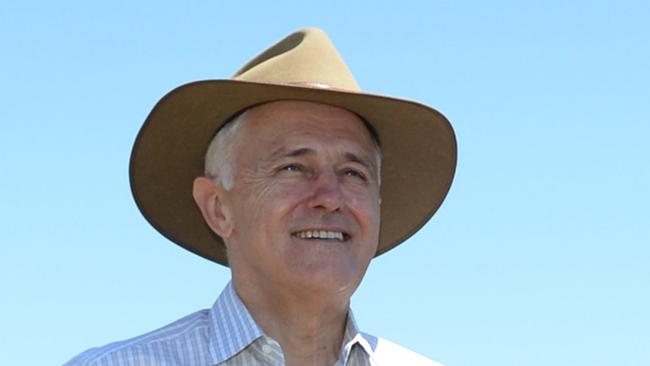
The report was handed to the State Government on October 27, which was two days before the election was called.
However, Building Queensland, which provides the State Government with independent advice on major infrastructure, provided its assessment in September.
Rockhampton’s main source of water is the Fitzroy Barrage storage, which is heavily reliant on regular seasonal inflows, including the annual wet season, to maintain supply.
The report flagged water would have to be trucked in from Awoonga Dam if there was not enough water.
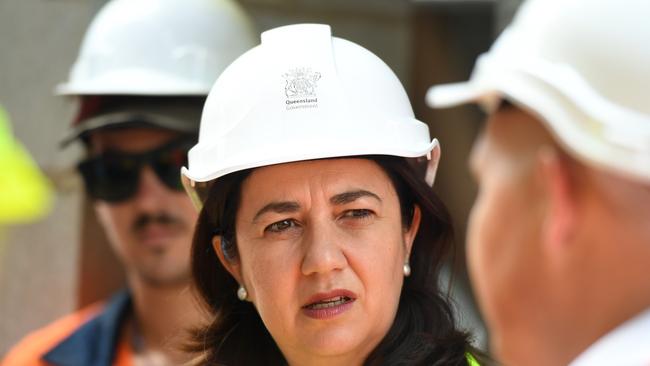
“Building Queensland estimated ... a total cost for five months’ emergency supply at $486 million, while noting that there were doubts over the feasibility of this solution,’’ the report said.
“Gladstone Area Water Board’s position is that this solution is not feasible at the required scale (and) the logistics involved are daunting.
“(It would mean) 4000 daily B-double movements of a 260km round trip.
“Working 24 hours, seven days and assuming a filling, travel, delivery and return travel time of only 3.5-4 hours, a fleet of at least 600 B-doubles would be required.
“The as-yet unidentified filling point(s) and delivery point(s), and the regional road network would need to be able to accommodate the constant movement of 300 B-doubles in each direction between Rockhampton and Awoonga, ie approximately two departures per minute.”
The report revealed power could become more expensive for Queenslanders because Stanwell power station might need to reduce its water use during severe water restrictions.
“Rockhampton’s continued reliance on a single source is particularly risky because that source is uniquely vulnerable to low inflows,’’ the report said.
“The characteristics of the barrage storage and the Fitzroy flows, combined with Rockhampton and the Capricorn Coast’s demand, mean the storage is insufficient to make sure supply can survive a single failed wet season.
“In the event of a period of low rainfall, such as a failed wet season, Rockhampton has no means to respond with demand management measures or contingent water supply arranges and instead is likely to experience a complete supply failure.”
The report also pointed to a boom for the agricultural sector because more water meant more crops.
Originally published as Queensland Election 2017: Secret report reveals cost of emergency water transport to Rockhampton


